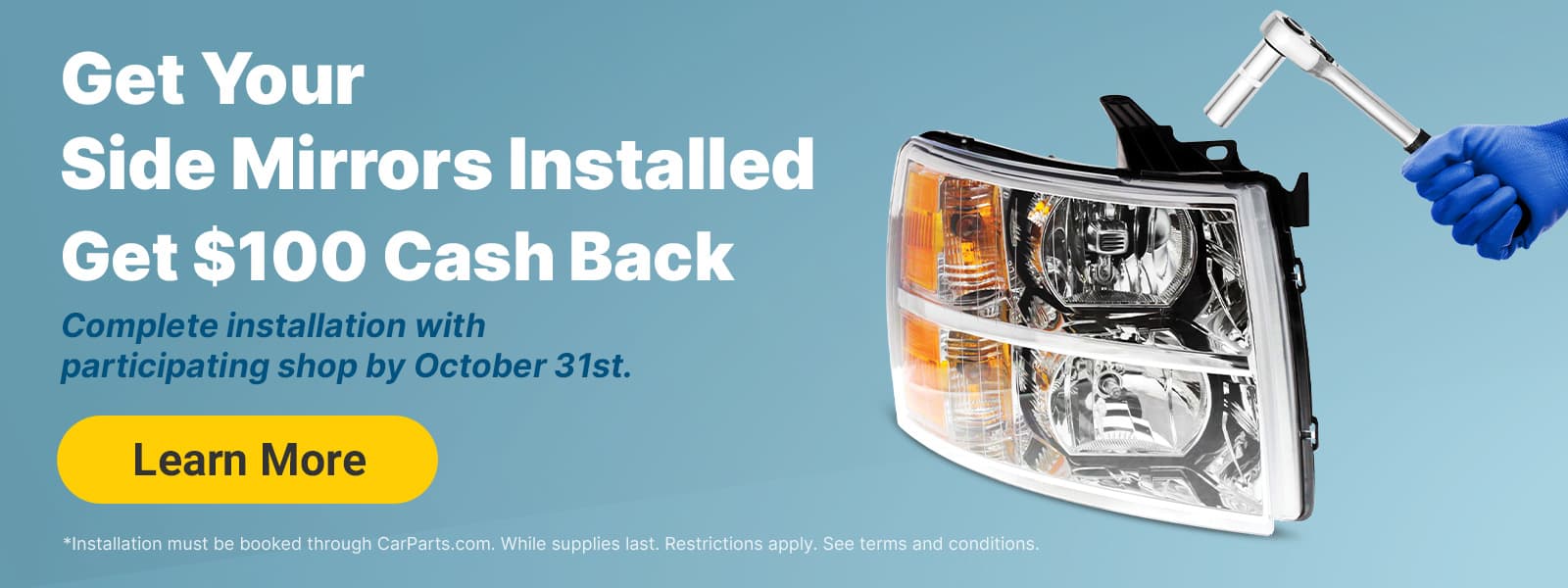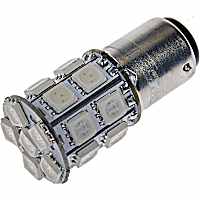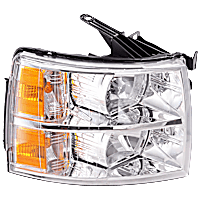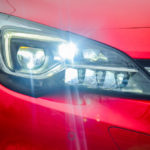By 1908 electric headlights were standard across all vehicles. They have continuously evolved to create a brighter and safer illumination beam for all road users. Light-emitting Diodes, better known as LEDs, became all the craze in the early 2000s where it was used in televisions, data communications, and illumination. It was only in 2006 when LED technology made it into headlights. As compared to the widely used Halogen headlights, LED headlights are still fairly young.
What are LEDs?
Light-emitting diodes (LEDs) are semiconductor light sources that emits light when a current flows through it. LEDs have actually been around since the 1960s, but we have only been efficiently utilizing its power to create white light fairly recently. Earliest applications can be found in consumer electronics like infrared remote controls for televisions and small information displays. Appearance of the LED bulb may differ depending on its application. Colors and shapes of the LED can be modified for its specific use.
LEDs for Automotive
Smaller light bulbs make for more creative applications. Incorporating design and utility have become a standard with new vehicles. Since 2004, the automotive industry has been developing the use of LEDs as headlights. Two years later, Lexus unveiled the LS600h which came standard with a low beam LED headlight. This became the first series-production LED headlights to hit the market.
It was only in 2007 when the first all-function LED headlights were equipped on the Audi R8. Cadillac started the trend for US car makers when it introduced the 2009 Escalade Platinum with all-LED headlights.

Are LED Headlights for Me?
The list of vehicles that have premiered LED headlights may give you the impression that they are only for premium brands. Thanks to advancements in technology and manufacturing, the production of LED headlights have become substantially cheaper.
The leading car brand in supplying LED headlights is in fact not a premium brand. Toyota currently is the market leader, with 90% of their Corollas and Rav4s being sold globally with LED headlights as standard. Aftermarket LED headlight kits roughly cost $125-$1000.
Advantages
Switching out your current headlights for LED headlights have a myriad of advantages in terms of safety and efficiency. A big reason why you should switch to LED headlights is for the light quality it produces. The color of LED headlights are more of a white, or blue-ish hue when compared to Halogens and High Intensity Discharge (HID) bulbs. This means objects in the dark are better defined with the use of HID headlights on your car.
LED headlights do not require a big ballast like HID headlights. A small driver comes attached to the LED headlight kit which can easily be tucked away or zip-tied to a panel on your car. Since LEDs don’t require a great amount of electricity, having them on your car is efficient. These headlights reduce the drag on the car’s electrical system which then improves fuel mileage.
LED headlights also do not produce as much heat as Halogen and HID headlights. This prevents oxidation and prolongs the life of the headlight lens. The lifecycle of LEDs in general are longer than most light bulbs. Having LED headlights will generally reduce the cost of replacing your headlight bulbs every so often.
Disadvantages
As mentioned earlier, LED headlight technology is still in its infancy. Comparing it to HID headlights which have been around for two decades, we still have a lot to learn about producing even better illumination from LED headlights. HID headlights also have many options when it comes to brightness and color hues because of the many light manufacturers producing it. Nothing has yet dethroned the illumination produced by a 55-Watt HID headlight.
During winter, LED headlights have “cold lenses” because they do not produce as much heat as the other headlights. This means the LED headlights cannot melt ice or snow buildup on your headlight lenses leaving them obstructed. Some LED headlights come with a thawing feature, but these are still very rare.
Should You Switch to LED Headlights?
Yes and no. Take note that most LED headlight retrofits are not street legal and not DOT-certified. You may be able to pass a state vehicle inspection but you run the risk of getting hit with a lawsuit if you’re involved in an accident.
However, if you are looking for a quick upgrade from Halogen headlights without having to do great modifications, LED headlights are for you. With its efficient and cool color temperature light beam, LED headlights are great for city driving. But if you need maximum illumination, stick to HID headlights. To this day, development of better LED headlights are still ongoing and perhaps we’ll reach a time where it can surpass HID headlights in illumination.
Always keep safety as your main priority. If you do choose to install LED headlights, make sure that the wiring is checked by a professional. Also, have your newly installed LED headlights directed properly. You do not want the light beam blinding other motorists. Instead, it should be pointed directly at the road. Proper light beam direction will ensure the safest throw of light for you and vehicles around you.
It is all a matter of preference and use when it comes to installing LED Headlights. They may be the newest in headlight technology with a promised and proven low maintenance cost, but are still very new. Perhaps wait until LED headlights have become more stable and mainstream before switching over.
Products Mentioned in this Guide
Any information provided on this Website is for informational purposes only and is not intended to replace consultation with a professional mechanic. The accuracy and timeliness of the information may change from the time of publication.



 LED Bulb
LED Bulb
 Headlight
Headlight

















